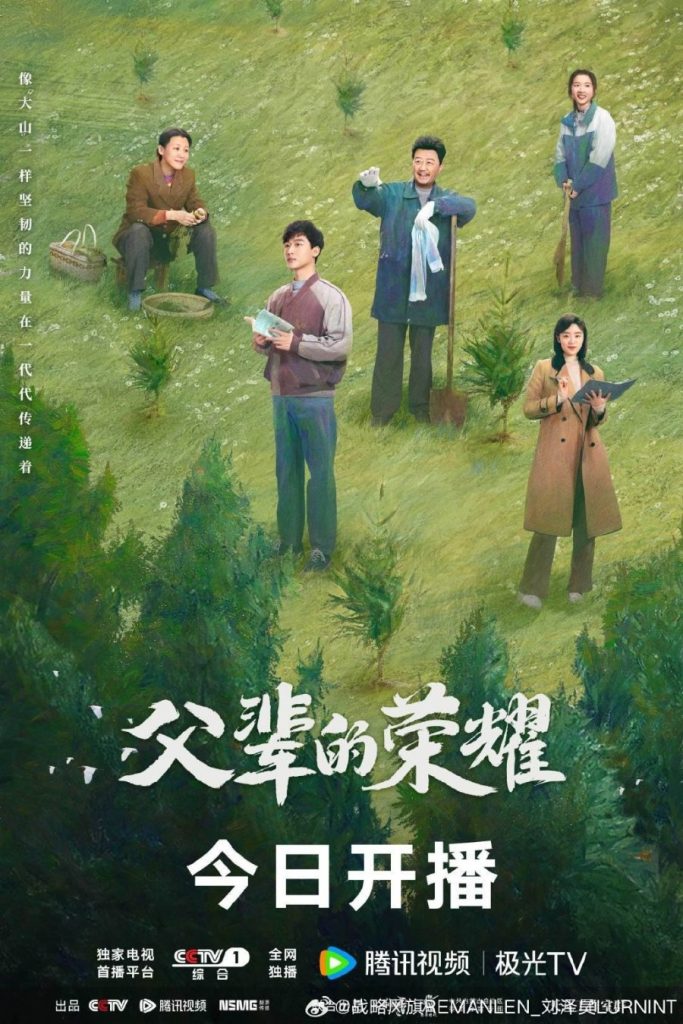A Long way home
“A Long Way Home” is a poignant drama set against the backdrop of significant social and environmental changes in China during the late 20th and early 21st centuries. The film chronicles the challenges faced by the Gu family and the 923 work team as they navigate the shifting tides of the forestry industry, offering a powerful narrative about resilience, adaptation, and the pursuit of ecological sustainability.
The story begins in the late 1990s, a period marked by substantial restructuring within the forestry industry as policies aimed at reducing production, limiting logging, and laying off workers came into effect. At the heart of this transition is Gu Changshan, a dedicated member of the 923 work team who faces a crossroads with his family and colleagues. The film explores their struggle to adapt to these new realities, reflecting broader themes of economic upheaval and social change.
Gu Changshan’s personal journey is particularly compelling. As an adoptive parent to Xingjie, the orphaned son of a late colleague, he embodies the themes of familial loyalty and selflessness. Despite the uncertainty of the times, the Gu family decides to support Xingjie’s education, demonstrating their commitment to nurturing future generations even in the face of adversity. This decision underscores the film’s focus on the importance of community and support systems during times of crisis.
As the story progresses, the focus shifts to the implementation of the “family ecological forest” project, which represents a significant effort to balance ecological preservation with the livelihoods of local communities. Gu Changshan’s leadership in this initiative highlights the film’s exploration of sustainable development and the challenges of transitioning to new economic models.
By 2007, the narrative introduces a new dimension with the resettlement project in remote areas, forcing the 923 team to make another critical decision. Xingjie, now an integral part of the team, takes on the responsibility of mobilizing immigrants and spearheading forestry reform. His role in this phase of the story emphasizes the ongoing struggle to reconcile environmental concerns with the needs of displaced communities.
The film’s depiction of Xingjie’s journey from an orphaned child to a pivotal figure in forestry reform is both inspiring and emotionally resonant. His commitment to the principle that “gold and silver mines are not as good as blue waters and green mountains” captures the essence of the film’s message about the long-term value of environmental stewardship over short-term economic gain.
Visually, “A Long Way Home” is striking, with its cinematography beautifully capturing the rugged landscapes and evolving environments of the forestry regions. The contrast between the natural beauty of the mountains and the impact of human activity provides a powerful visual metaphor for the film’s themes of conservation and change.
The performances are a standout aspect of the film. The actors portray their characters with depth and authenticity, particularly in their portrayals of resilience and determination. The emotional weight of the story is conveyed through nuanced performances that bring to life the personal and collective struggles faced by the characters.
In conclusion, “A Long Way Home” is a deeply moving film that offers a reflective look at the intersections of environmental policy, social change, and personal sacrifice. Through its well-crafted narrative and compelling performances, the film provides a thoughtful exploration of the challenges and triumphs associated with pursuing ecological and economic balance. For viewers interested in stories that blend social relevance with personal drama, “A Long Way Home” is a film that promises both emotional engagement and thoughtful reflection.

